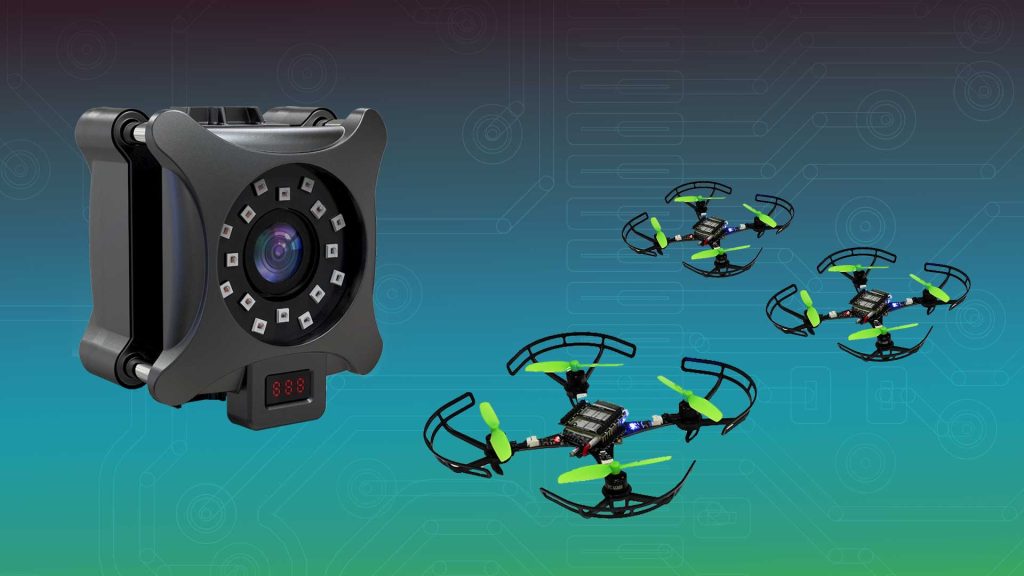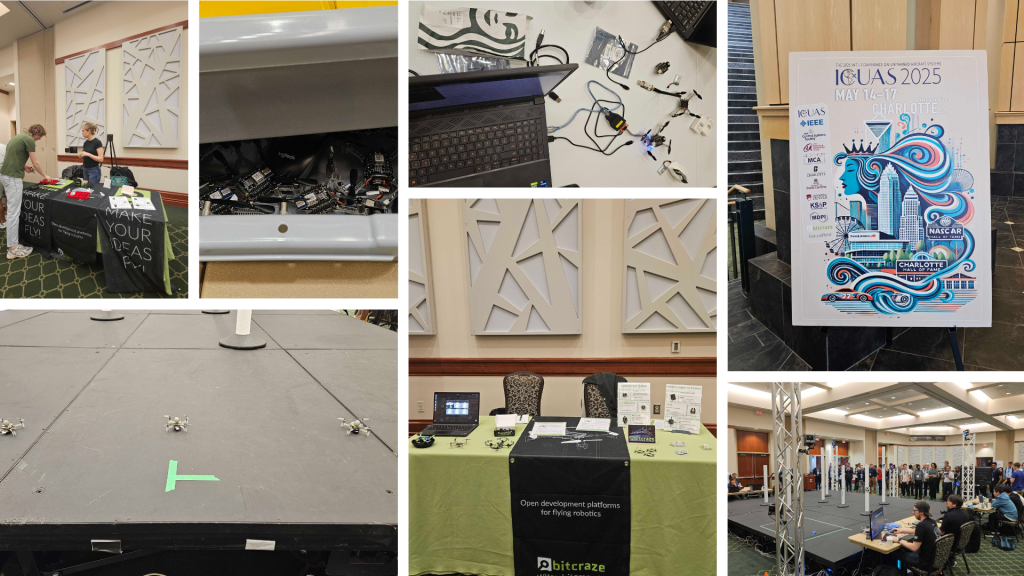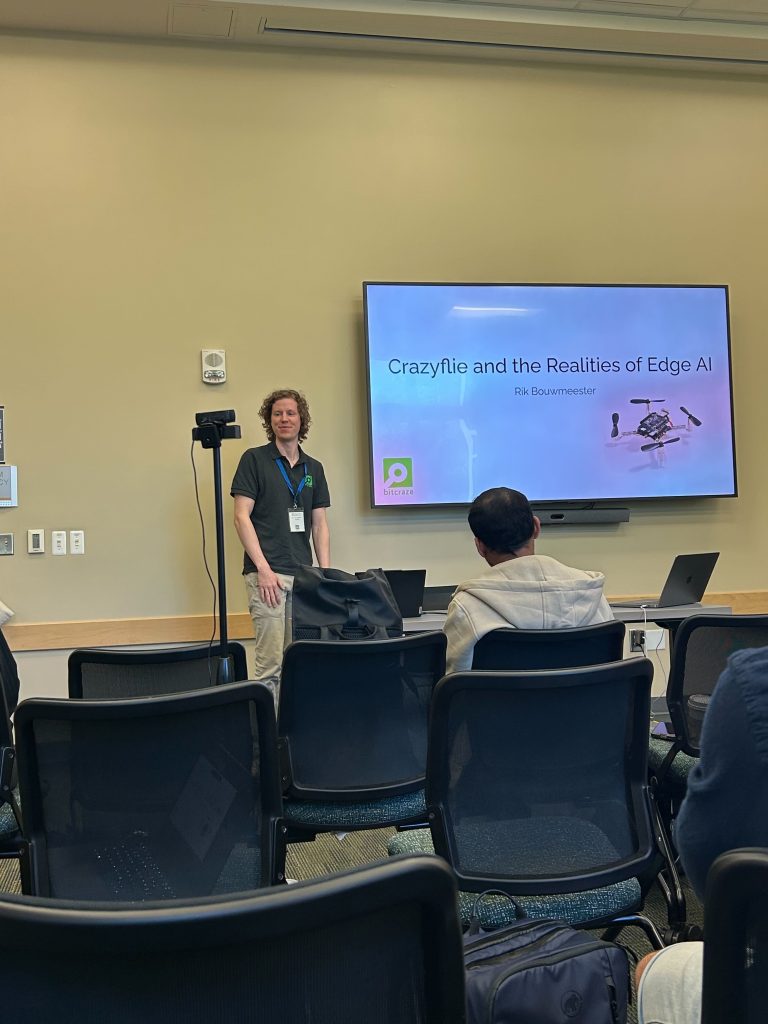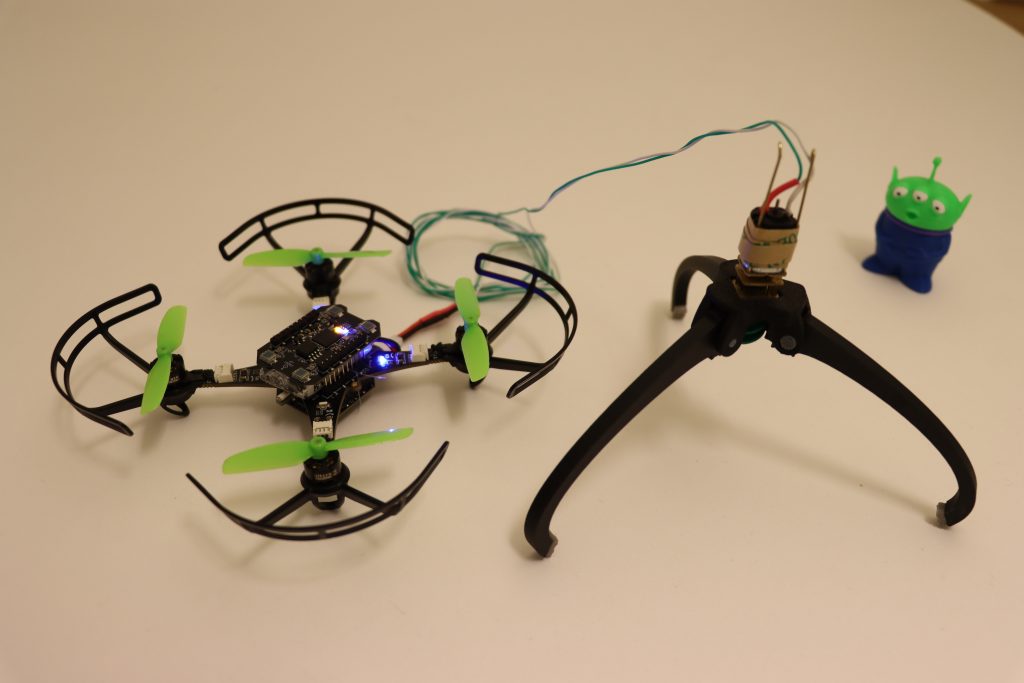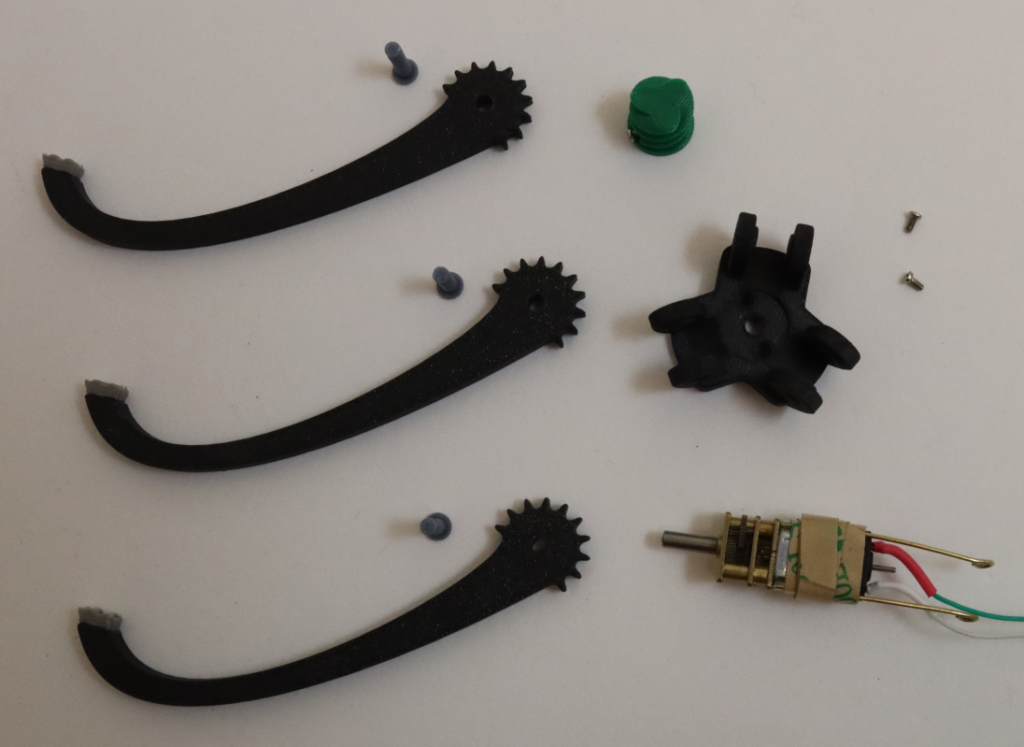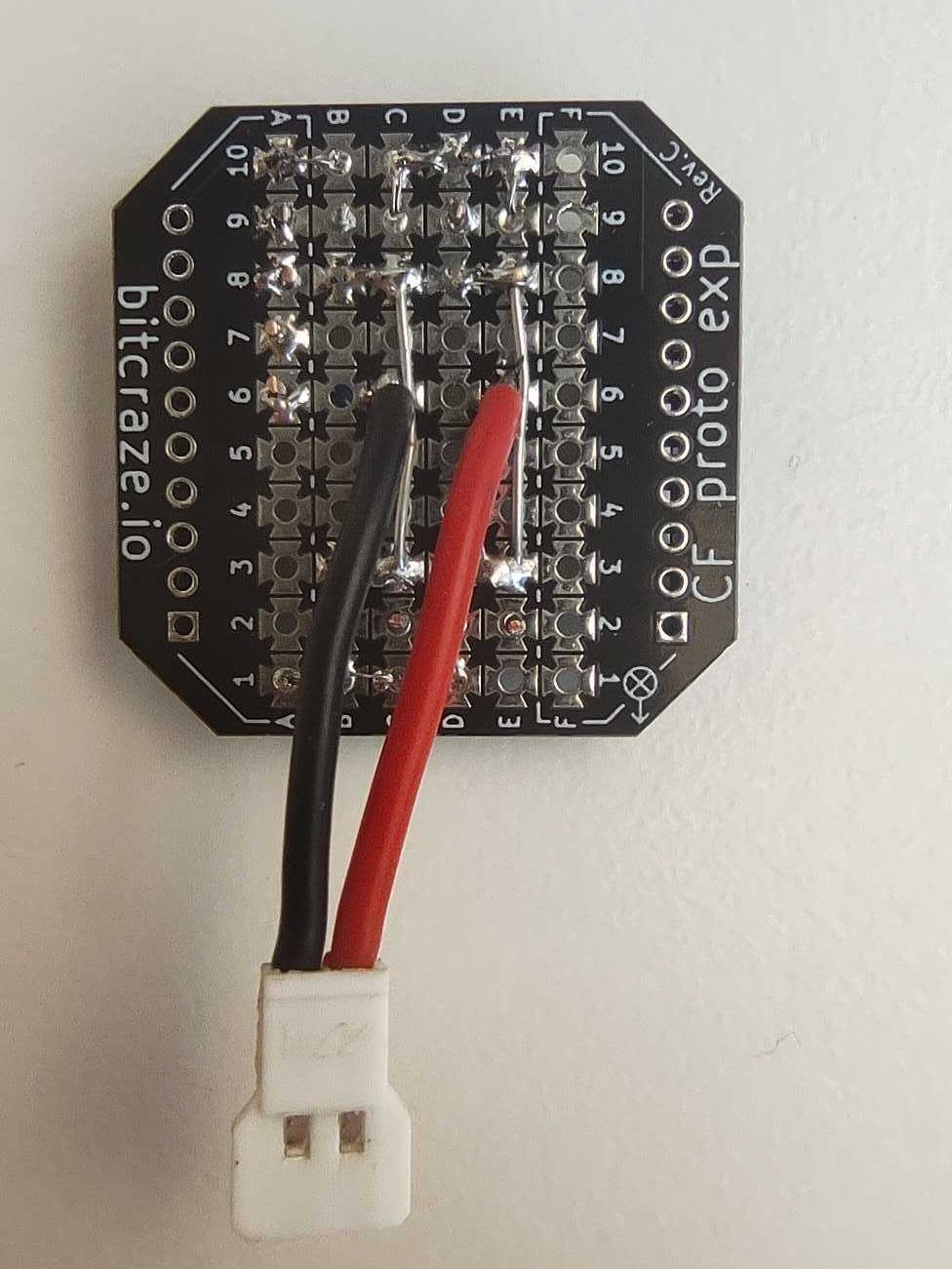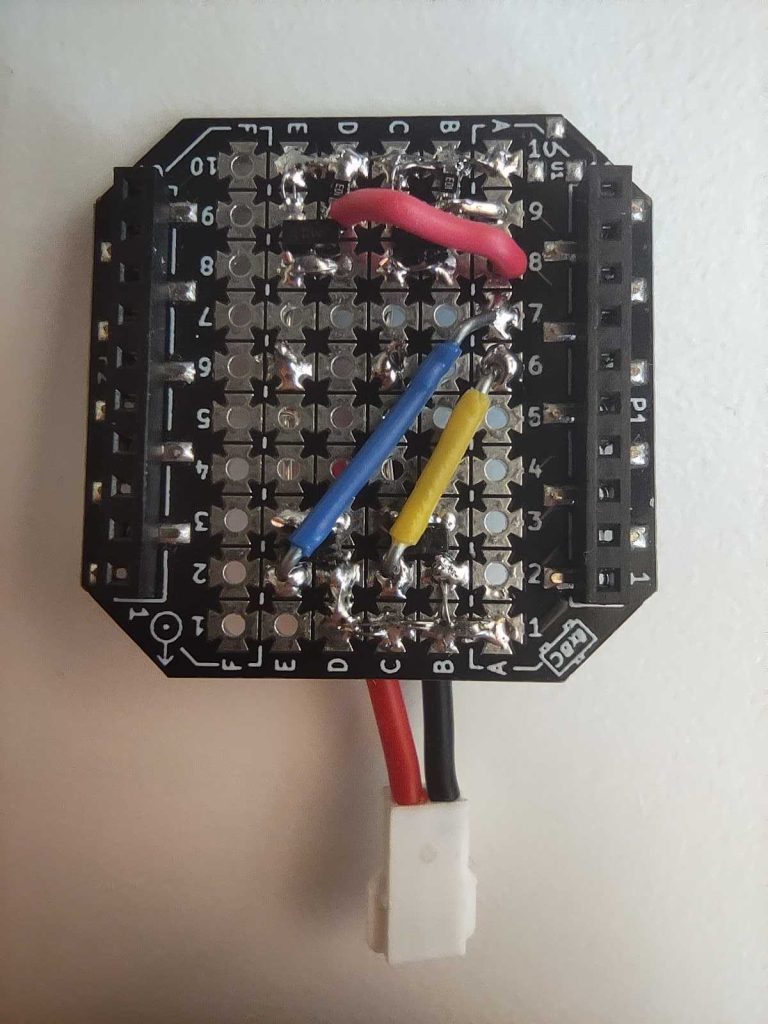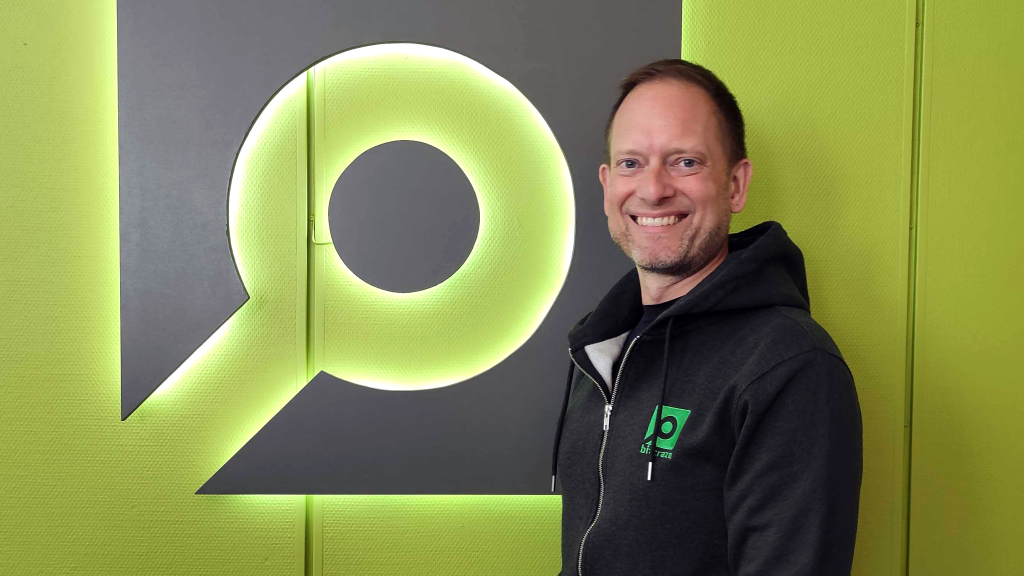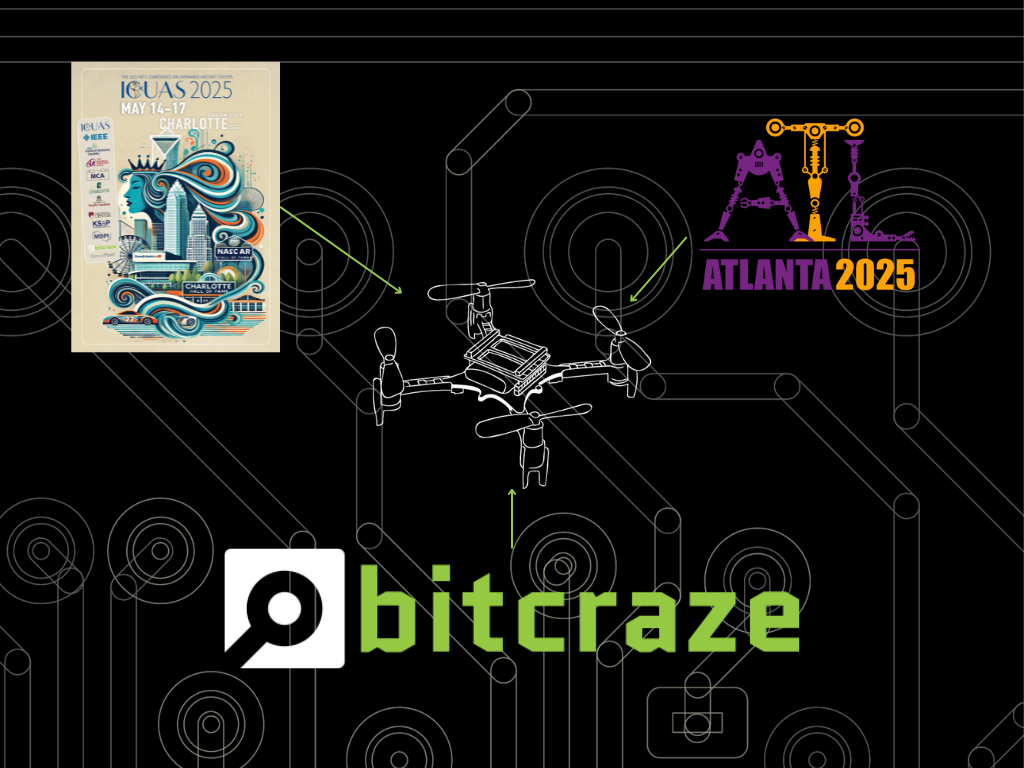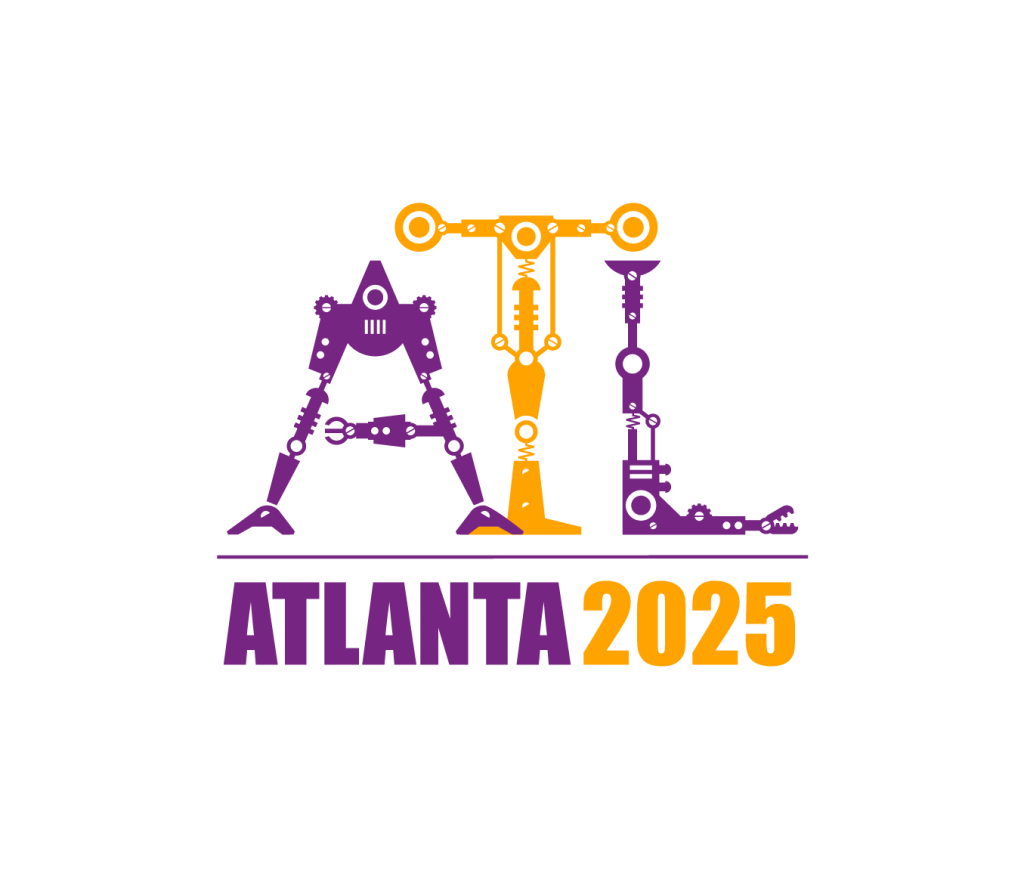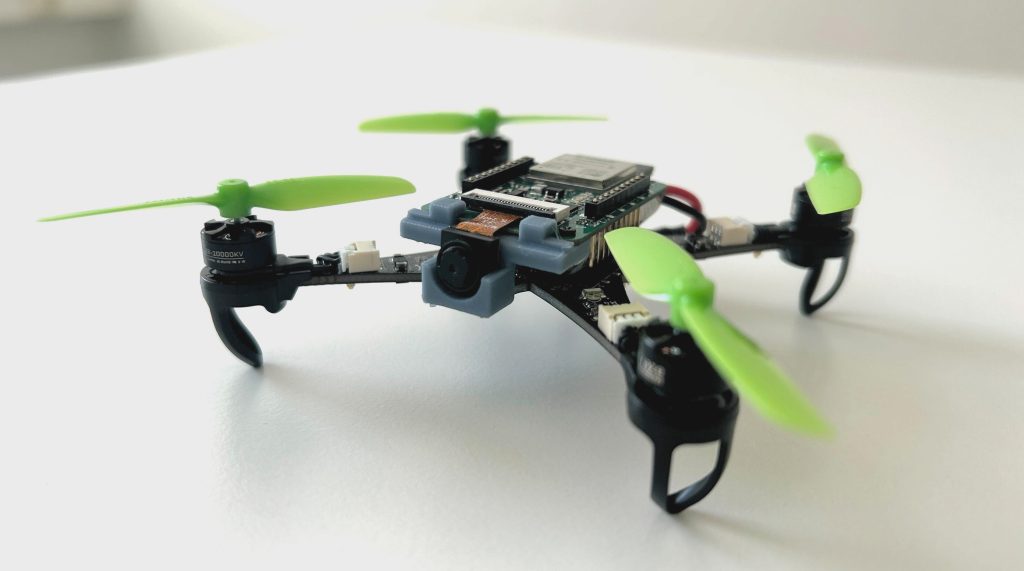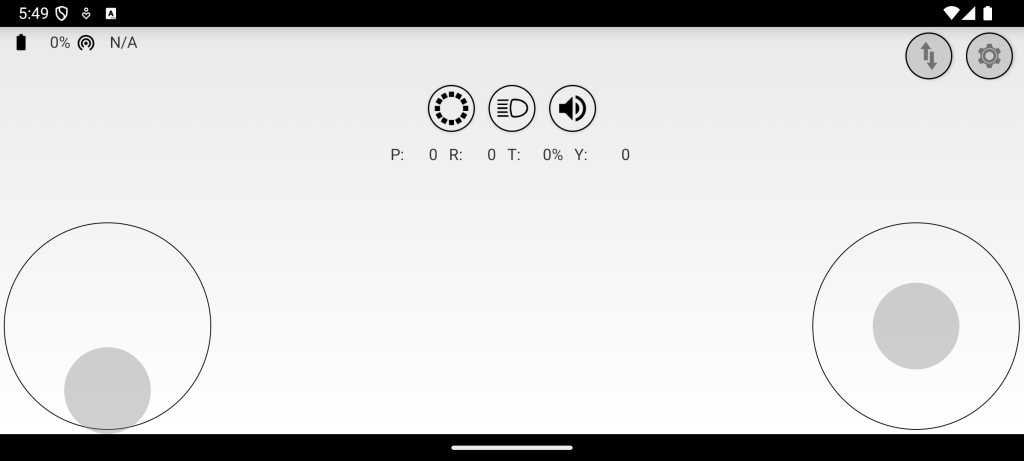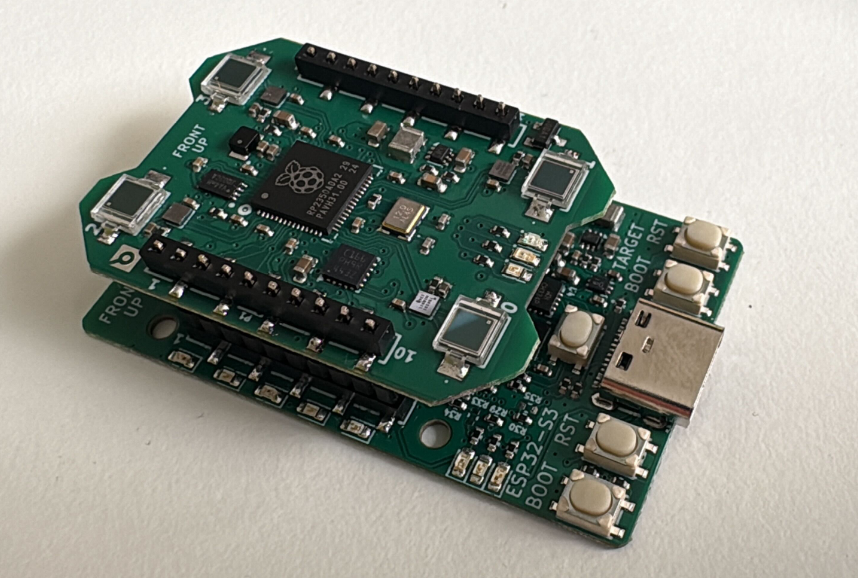
As the demand for open, modular, and research-grade robotics continues to grow, Bitcraze is entering a strategic distribution partnership in China, one of the world’s most advanced and fast-evolving markets for robotics and education.
Researchers, educators, and industrial developers in China will benefit from easy access to Bitcraze’s entire product ecosystem. This includes high-performance indoor drones, positioning systems, and modular development tools widely used in academia and R&D across the globe.
Our new exclusive agreement with NOKOV Motion Capture, marks a step forward in expanding access to our autonomous drone systems and robotics development kits across China.
Expanding Access for China’s Robotics Community
Through NOKOV Motion Capture, customers in China gain professional support in Mandarin, short delivery times, and access to official training, demos, and bundled solutions. Together, we’re making it easier than ever for Chinese institutions to explore autonomous flight, precision tracking, and open-source robotics innovation.
A Powerful Integration of Motion Capture and Flight
One of the most exciting aspects of this partnership is the technical synergy between NOKOV Motion Capture’s industry-leading motion capture systems and Bitcraze’s versatile flight platforms. NOKOV Motion Capture’s optical tracking technology is already a staple in academic and industrial research labs throughout China.
By integrating this with Bitcraze’s drones and positioning systems, users can achieve highly accurate, low-latency indoor positioning, conduct repeatable flight experiments with synchronized motion data, and enjoy a seamless workflow from trajectory capture to analysis.
This combination opens up new possibilities for research in fields like robotics control, swarm behavior, artificial intelligence, and simulation.
Supporting Research, Education, and Development
Bitcraze’s systems have earned the trust of top universities and laboratories around the globe. With this partnership, we continue to support Chinese institutions working on:
- Swarm robotics and AI research
- STEM and engineering education
- Indoor navigation and environment interaction
- Lightweight aerial prototyping and simulation
We believe in giving innovators the tools they need to experiment freely, iterate faster, and go further.
Start Your Journey with Us
Whether you’re designing new robotic systems or preparing your classroom for hands-on drone-based learning, Bitcraze and NOKOV are here to support your ambitions.
If you’d like to learn more or get started with our products in China, please reach out to NOKOV for local support and information.
https://www.nokov.com/products/robotics/crazyflie-crazyswarm-platform.html
https://en.nokov.com/products/robotics-motion-capture/crazyflie-crazyswarm.html
Together, we’re making robotics innovation more accessible, collaborative, and inspiring for everyone.
